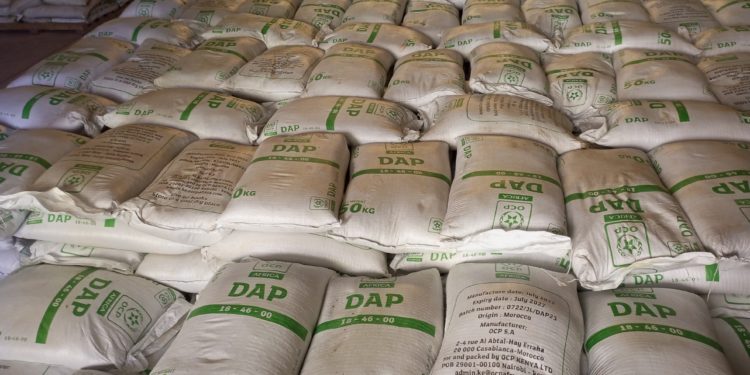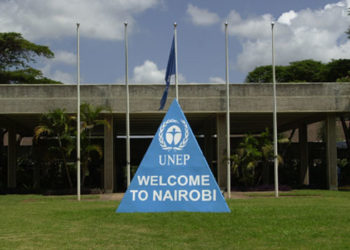Respondents participating in the Monetary Policy Committee (MPC) Survey have noted positive developments in the registration and distribution processes of subsidized fertilizers, citing the convenience brought about by automation. However, a subset of farmers has expressed reservations about the Ministry of Agriculture’s practice of using the North Rift season as a benchmark for allocating subsidized planting and top-dressing fertilizers. These farmers argue that regional variations in planting and harvesting schedules should be taken into consideration.
Others have highlighted a limitation in the use of subsidized fertilizers due to inadequate access to a consistent water supply for irrigation during the low rainy season, particularly given their reliance on rainwater.
Looking ahead to August, the Central Bank of Kenya (CBK) survey predicts that retail prices for cereals, grains, and related products will likely decrease or remain steady. A majority of respondents anticipate a decline in prices for cereals and grains. Furthermore, the onset of harvest from regions such as the lower Eastern, Western, and South Rift areas is expected to lead to lowered prices for beans, maize, and green grams.
Read more: CBK’s 2023 Economic Growth Outlook
The survey also indicates that vegetable prices are projected to continue dropping in August, albeit at a slower rate, due to increased supply resulting from the abundant growth during the long rainy season. On the other hand, prices for sugar and cooking oil/fat are anticipated to remain high or even increase due to reduced cane harvests and deliveries and elevated import costs amidst drastically depreciating Kenyan currency against global trading currencies such as the United States Dollar (USD).
In the program’s initial phase, approximately 2.2 mn registered farmers are set to benefit. The subsidized fertilizer, now priced at Kshs 3,500 per 50 kilogrammes (kg) bag down from Kshs 6,000, is being transported to National Cereals and Produce Boards (NCPB) and distributed across target counties, as the supply chain will be to local wards and locations through community cooperatives formed by farmers.
This initiative is a collaborative effort under a multi-sectoral framework involving ministries such as Agriculture and Livestock Development; Interior and National Administration; Investments, Trade, and Industry; The National Treasury and Economic Planning; Co-operatives, Micro, and Small and Medium Enterprises Development.
The government’s digitised distribution of subsidized fertilizer is strictly tied to an e-voucher system that ensures accountability and traceability for the distributed fertilizers. Through this, the government has ensured that only registered farmers are eligible to receive the subsidy, enhancing transparency in the process.
Email your news TIPS to editor@thesharpdaily.com


















